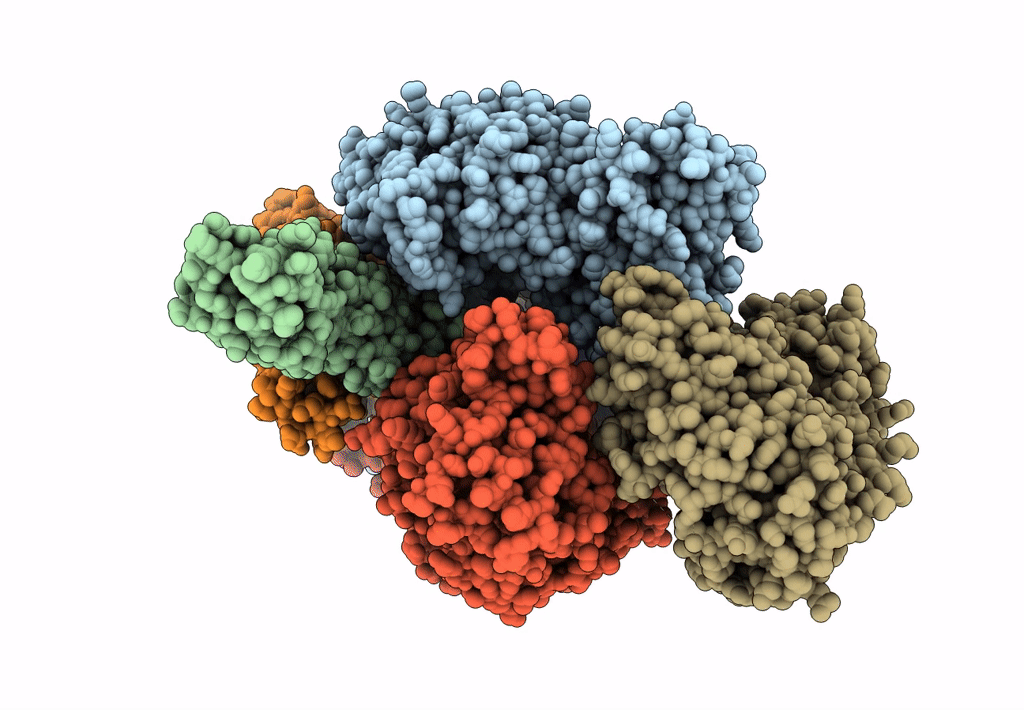
Deposition Date
2020-04-02
Release Date
2020-05-27
Last Version Date
2024-03-27
Entry Detail
Biological Source:
Source Organism:
Enterococcus faecalis EnGen0302 (Taxon ID: 1158660)
Escherichia coli (Taxon ID: 562)
Escherichia coli (Taxon ID: 562)
Host Organism:
Method Details:
Experimental Method:
Resolution:
4.54 Å
Aggregation State:
PARTICLE
Reconstruction Method:
SINGLE PARTICLE


